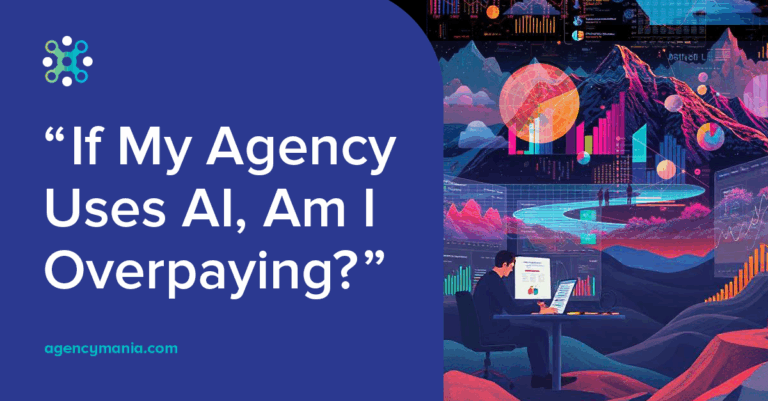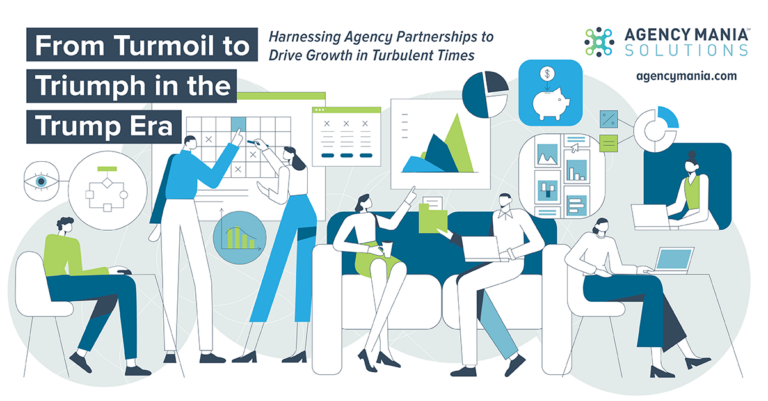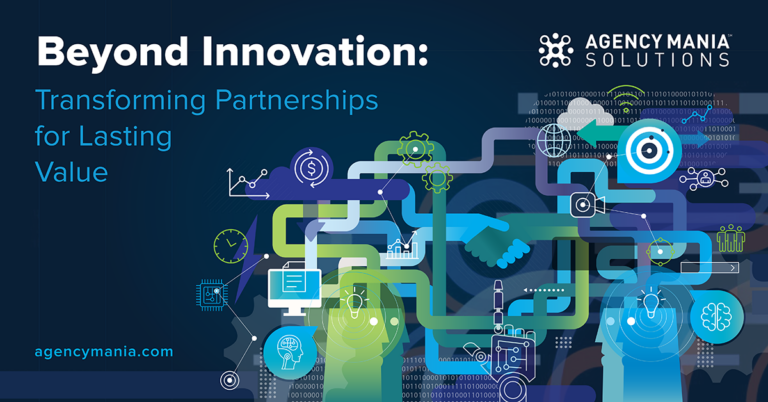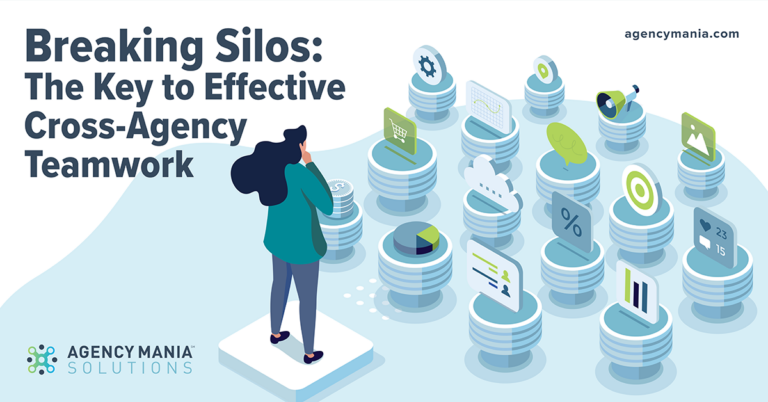Download a print-friendly version here
No longer fly blind with your agencies
By Bruno Gralpois
Author/Speaker, Thought-provocateur, amplifying partnerships to create transformative value
CMOs and their teams should no longer fly blind when managing important agency relationships. There is no doubt that advertising has been profoundly impacted by the strategic use of data to improve every facet of the marketing function. Both advertisers and agencies are investing heavily in hiring data navigators and data scientists to improve the use of a massive influx of consumer, media and performance data across the entire spectrum of their marketing campaigns.
There is no better evidence of that new reality than the decision by the Cannes Lions International Festival of Creativity to create an award category called “Creative Data,” celebrating achievements in creativity enabled by data, including data enhancement, data-driven targeting, data storytelling, data visualization, use of real-time data, social data, data integration and many more. Agencies are building robust capabilities in response to clients’ growing appetite for data. For example, GroupM, the world’s largest buyer of advertising, recently introduced a technology suite, called mPlatform, designed to give access to data on 1.5 billion to 2 billion consumers from a wide range of sources, including Kantar, Wunderman and Millward Brown, with third-party data and proprietary data.
So why wouldn’t clients also use data to better manage agency relationships? For decades, the discipline of agency management, either led by marketing ops or procurement professionals, has been essentially handled using rudimentary tools and manual processes that significantly undermined clients’ ability to unlock its real value:
- Client agency performance evaluations have historically been conducted using basic survey tools without adequate focus on action planning.
- Scope management has been managed via email, marketing teams and agencies often trading Microsoft Word or Excel documents, lacking the ability to consolidate scope and conduct meaningful analysis.
- Agency and client training have been conducted randomly and in person, limiting access to relevant information to new resources.
- And the list goes on.
Luckily, the availability of technology combined with the expertise of professional firms has now reset the playing field and enabled advertisers to take these efforts to a whole new level. A new study by the ANA indicates that brand advertisers have finally realized that data should also be used to more effectively manage their agency relationships. According to the report:
- Data is frequently used for managing agency relationships, with 80 percent of respondents indicating that they “often or always” use data to do so.
- Use of data to manage agency relationships is increasing, with 84 percent of respondents seeing it growing in their organization and none seeing usage declining.
- Use of data for managing agency relationships delivers strong outcomes.
- 82 percent of respondents see it contributing to better overall client/agency relationships.
- 90 percent see it improving agency efficiencies.
- 78 percent see it improving internal efficiencies at the client’s organization
Although there is momentum to leverage data in the context of agency management, there is plenty marketers must do. Here are three critical ways brand advertisers can prepare themselves to make effective use of data to manage agency relationships:
 1. Determine success KPIs to focus on most critical data sources
1. Determine success KPIs to focus on most critical data sources
Too much data can easily overwhelm advertisers and lead to data overload or simple inertia. Plus, data doesn’t come cheap either. Spending time and valuable resources capturing data that won’t be used is both wasteful and distracting. I’ve seen many agencies and internal teams scratch their head when asked to capture empirical data that they never used and have no plans to use. Marketers must first identify what success metrics or KPIs (key performance indicators) are most important to them, and then focus on identifying the sources of the data that best inform these metrics. KPIs might include the following: agency evaluation scores, burn rates, cost per FTE or deliverable, etc. Determining success KPIs often requires alignment and socializing internally and with roster agencies.
2. Centralize and automate data capture internally and with agencies
Once the primary data sources have been identified, the process of capturing this data must be centralized and automated to minimize resources and accelerate access. To manage agency relationships, marketers often need a variety of data. Some of this data, like diversity spend or budgets, is to be sourced internally. Other data sources will come directly from agencies, such as deliverables, staff vacancies and attrition, FTE/retainer burn, etc. Rather than building each data process in a silo, a central database can be built to house the data. Various forms can also be created to normalize the data and ensure optimal consistency. The frequency must also be established, and some data quality control must be implemented to ensure accurate reporting and use of the data. These steps must be automated to avoid excessive costs or resources. Automation also allows for more timely access.
3. Establish dashboard-like solution to provide better oversight and management
How data is used should be a primary focus. Even when marketers apply rigor to select only the most actionable data sources, the information can be quite daunting to sort through, and challenging for actionable insights to emerge from. To make this information more useful, companies must deploy dashboard-like views that give them access to the most valuable data in a simplified interface, only highlighting the most revealing information. Many of our clients use this type of dashboard today to socialize information with senior management and internal stakeholders, making the data far more digestible and ultimately more usable.
The strategic use of data can generate great insight to improve decision making and contribute to greater effectiveness and efficiencies. Thankfully, the many solutions and capabilities used to encourage a more data-driven approach to partnership management and unlock value from insights are multiplying. It’s time to open our eyes to new opportunities. Advertisers no longer need to fly blind when managing agency relationships that are instrumental to the success of their organization.








